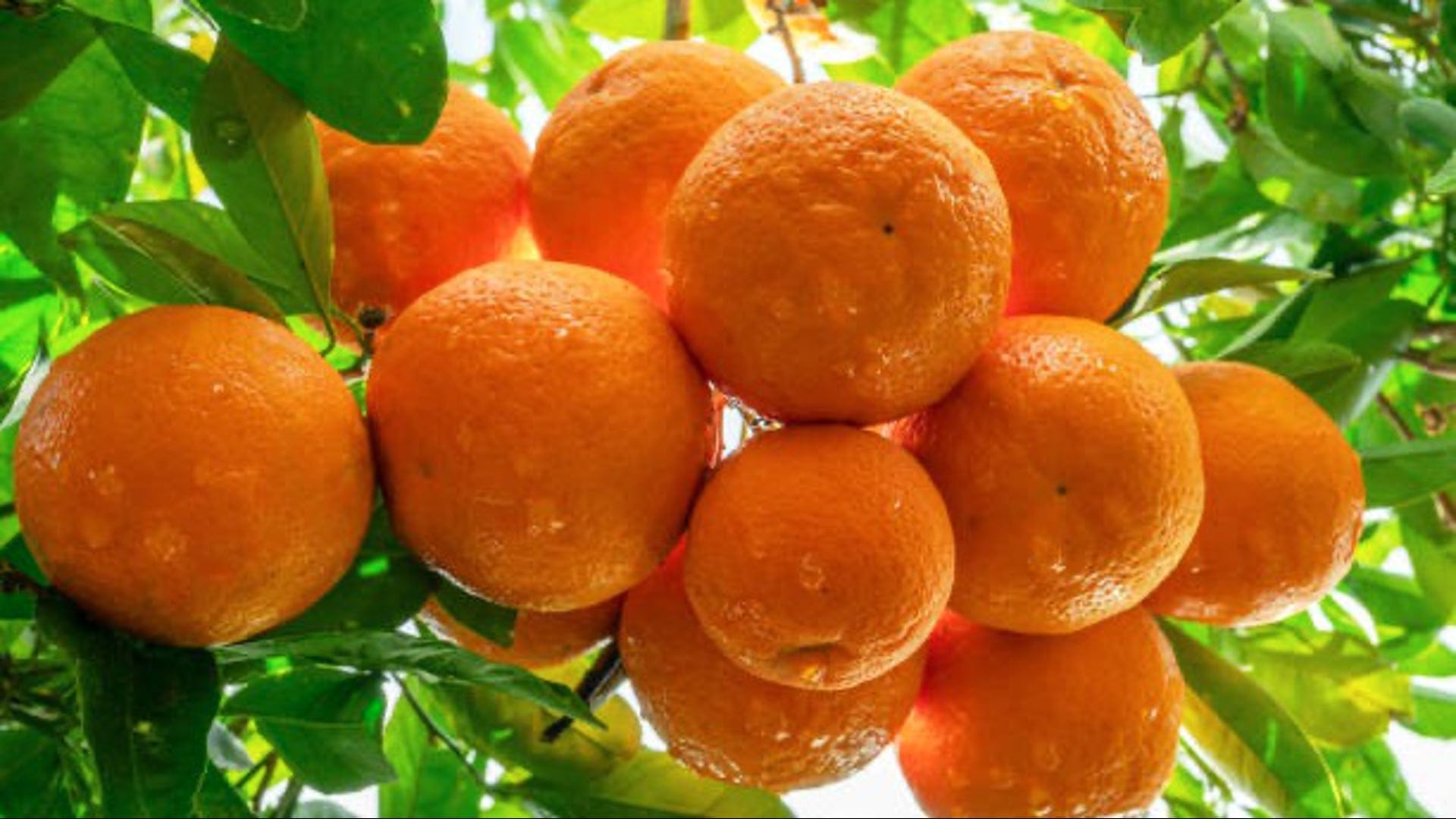Do you really need to wash your garden tools every time? Ask the Master Gardener

The Springfield News-Leader in Springfield, Missouri, partners with the Master Gardeners of Green County each week to bring readers a question-and-answer column with some of the expert horticulturists in the region.
Colleges and universities in the U.S. typically offer Master Gardener programs, which provide "intensive horticultural training," according to the American Horticultural Society. The certified Master Gardeners then volunteer as lecturers, researchers and gardeners in their communities. For more information about Master Gardener programs in your community, the American Horticultural Society created this page with local resources.
Here's a sample of some of the recent questions amateur gardeners had for the masters of the craft.
Is it really necessary to sanitize my garden tools after every single use?
Yes, any garden tool should be cleaned and sanitized after every use, even if only used a little. Proper sanitation of tools will greatly help in reducing the spread of many soil-borne diseases. Dirty tools spread fungal, bacterial, and viral diseases, as well as nematodes. In addition, cleaning after each use will help the tool last much longer, protecting the metal from rust and the wood parts from rot.
Tools can be sanitized in a solution of one part bleach to nine parts water. After removing any dirt and debris, the tools should be dipped in this solution and allowed to air dry. This can also be used to sanitize other items such as pots and plant stakes. Clay pots are much harder to sanitize because of their porous nature and should be soaked in the bleach solution at least 10 minutes. The tools are safe to use again when dry. Other products are also useful for sanitizing garden tools, including hydrogen peroxide, alcohol, and antibacterial wipes. Pine-Sol and Lysol are also effective.
I want to plant some native beds, not sure how to start. How can I know what will work in various spots in my yard?
The Grow Native! Native Plant Database, http://grownative.org, is a great place to start! The database lists more than 300 plants native to the lower Midwest, including trees, shrubs, grasses, sedges, etc. The database also includes many "Top Ten" lists with suggestions for native plants in various locations, depending on type of soil, sun exposure, moisture, etc. Plans for gardens using native plants are also available. The database can also help to select the right plant for the right place, both for landscaping and for wildlife. Grow Native! is part of the Missouri Prairie Foundation, providing information as well as education to not only homeowners and gardeners, but also landowners/farmers, local governments, and many others.
I have some older seeds, not sure if they are worth planting. Is there a way to find this out before planting?
Some seeds can last many years, if stored in a cool, dry place, so it is possible those seed are still viable. There are ways to test viability and germination rates before planting in the garden.
The first method involves wrapping a few seeds in a damp paper towel. The rolled-up towel can be placed in a plastic bag in a warm area (over 70 degrees Fahrenheit) for a few days. Germination percentage is determined by dividing the number of germinated seeds by the total number of seeds. If the percentage is reasonable, you can plant, perhaps planting a few extra to make up for the lower rate.
Another method of testing is the Water Test. Simply sprinkle a few seeds in a glass of water, then wait 15 minutes. The seeds that float are not viable and should be discarded. The seeds which sink are alive and can be planted.
Readers can pose questions or get more information by calling 417-874-2963 and talking to one of the trained volunteers staffing the Master Gardener Hotline at the University of Missouri Extension Center in Greene County located inside the Botanical Center, 2400 S. Scenic Ave., Springfield, MO 65807.